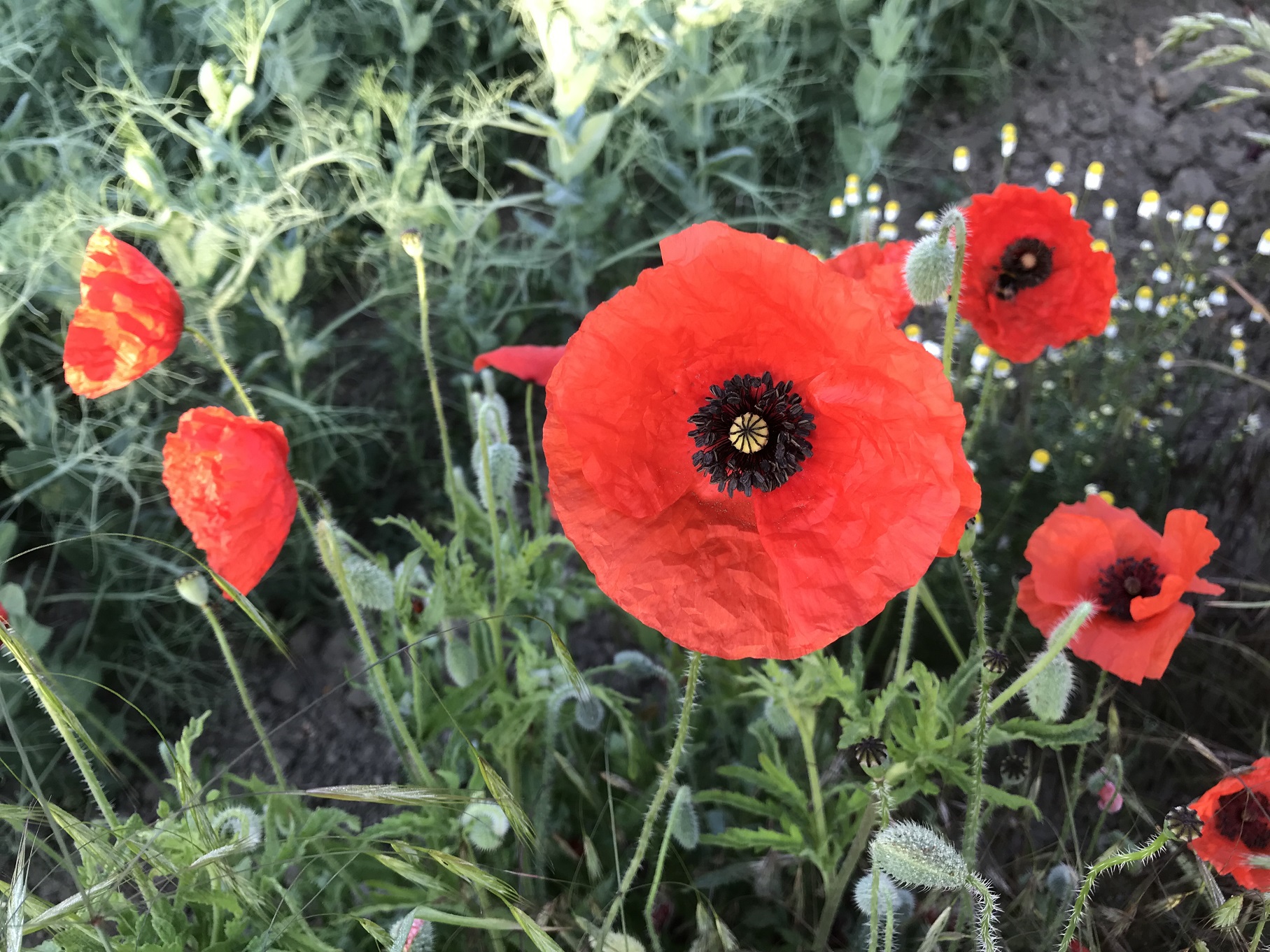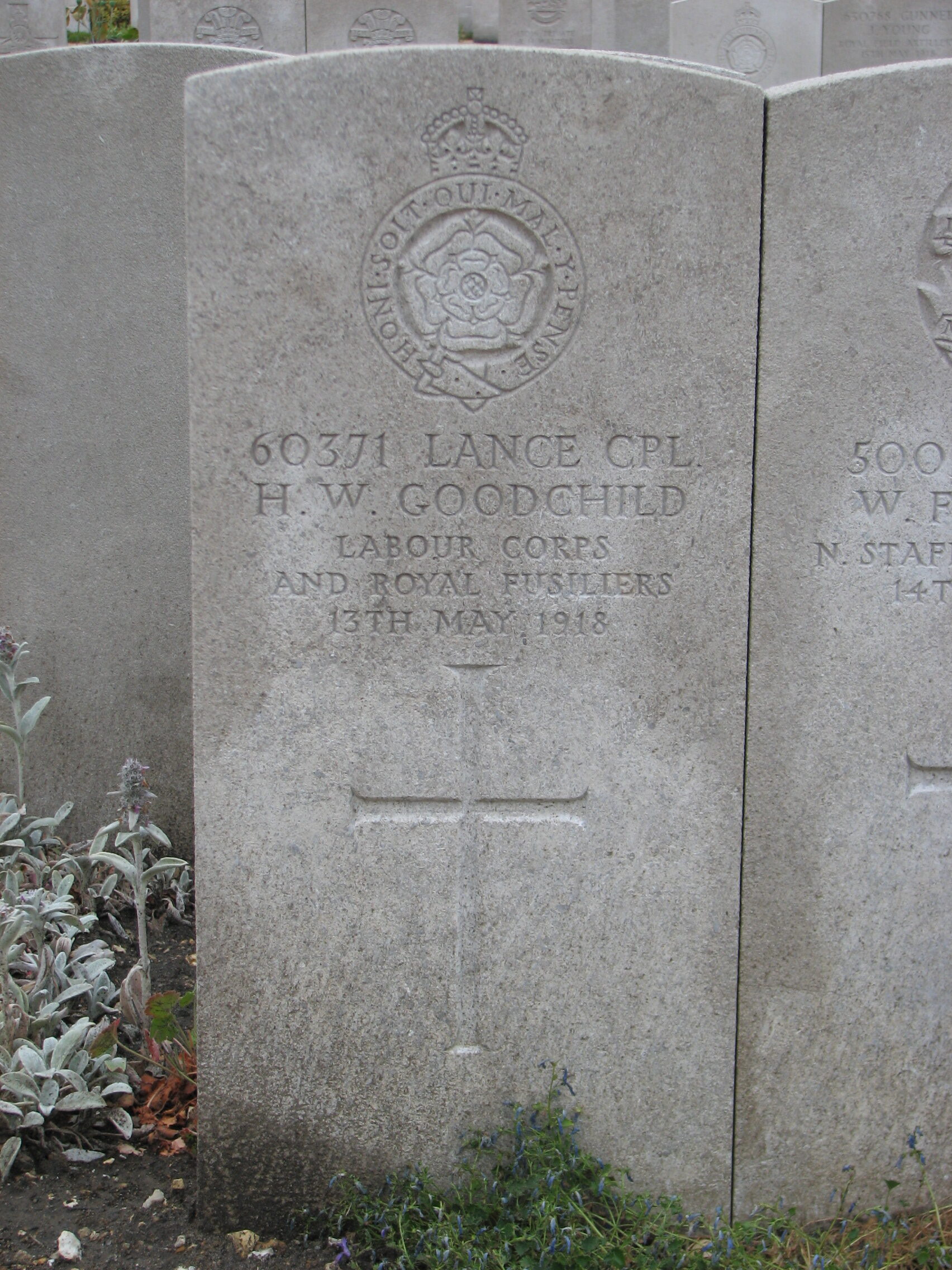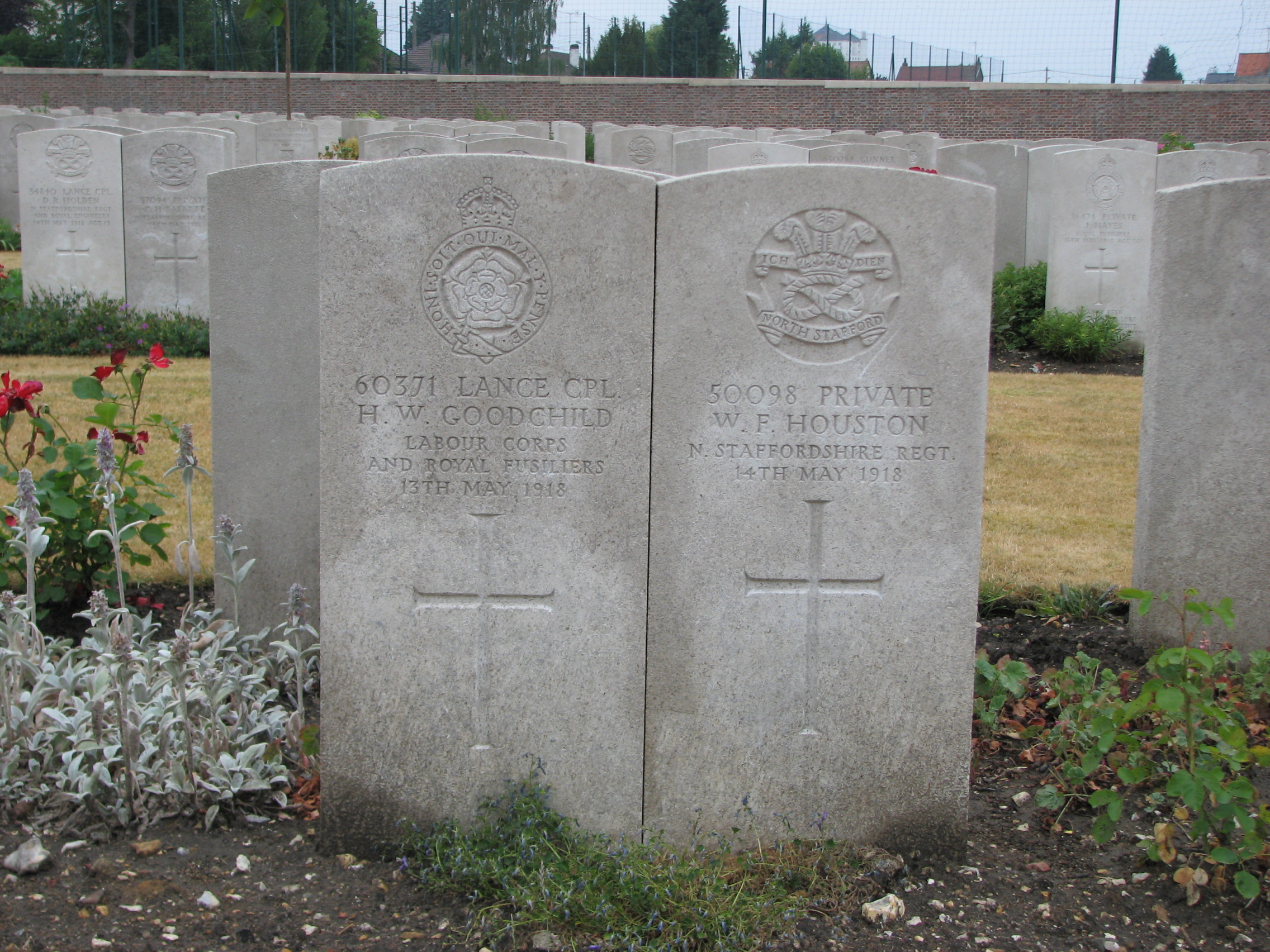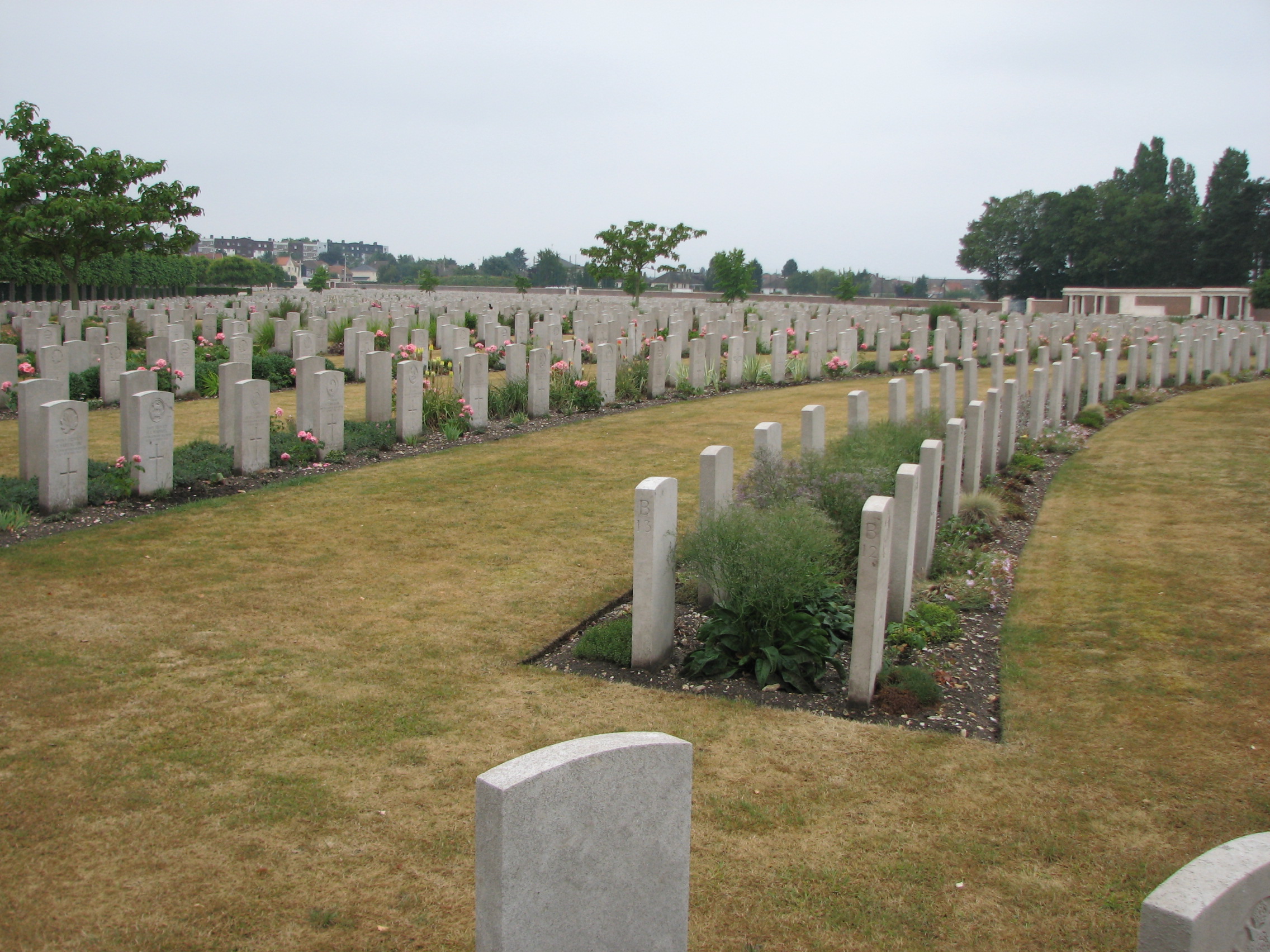Henry Goodchild (1877 - 1918)
Henry served in France, initially in one of the Royal Fusiliers Labour Battalions and later in the Labour Corps. He died on his way to a Base Hospital in Normandy.
- 36
- Died in the Great War
- 51.963786, 1.017346
Details
| Name: | Henry Walter Goodchild |
| Service: | British Army |
| Unit: | 34th Battalion, Royal Fusiliers (transferred to 101st Company, The Labour Corps) |
| Regimental Number: | 27009 (Labour Corps Number 60371) |
| Rank: | Private |
| Date of Death: | 13th May 1918 |
| Age: | 40 |
| Buried: | Block P, Plot XI, Row I, Grave 12A, St. Sever Cemetery Extension, Rouen, France |
Family Background and Early Life
Henry Walter Goodchild was born at Capel St. Mary on 22nd May 1877, the second of four children from the marriage of Walter Goodchild, a Farm Labourer from that village and his wife Mary (nee Shelton), originally from Birch, near Colchester.
The family moved to East Bergholt in 1880, where they were one of 2 families who lived in Bridge Cottage at Flatford. Walter was employed as a Miller’s Carter – almost certainly at Flatford Mill.
The Goodchilds subsequently moved to Stratford St. Mary (where Walter’s two brothers were born) though they had returned to East Bergholt again by the April of 1891. The Census of that year shows the family living at The Court (or Courtyard), and also that Henry had left school and was employed as an agricultural labourer. The Court – which still survives – had originally been the stable block of East Bergholt House, the Constable family home where the artist John Constable was born in 1776.
Henry appears to have remained employed in agriculture for all of his civilian life, being variously employed as a Farm Labourer, and a Cattle Drover. At some point between April of 1901 and April 1911, he and his parents moved to Gosnalls Farm on Flatford Lane. Henry never married and appears to have lived with his parents until he joined the Army.
British Army
It is unclear time exactly when Henry joined the Army, though it was at some point during 1915 or early 1916. In early 1916 many men who had previously been graded as medically unfit for active service at the front, were drafted into newly formed units called Labour Battalions. Henry was one of those men.
The Labour Battalion that Henry was posted to was officially called the 34th Battalion, The Royal Fusiliers, and it was with this unit that he was sent to France during the summer of 1916. The Labour Battalions, along with the Labour Companies that had been formed in some regiments, were engaged in a variety of general labouring tasks including the maintenance and also construction of a large network of railways, roads, buildings, camps and also the moving of stores.
In January 1917, the Labour Corps was formed, to amalgamate all of the Army’s various labour units into one organisation. The 34th Royal Fusiliers were one of those units transferred in the spring of 1917, in the process being renamed the 101st Company of the Labour Corps.
Almost all of the British soldiers within the Labour Corps did not meet the medical requirements required to serve in the front line trenches, either due to age, wounds or general poor health. Despite this, being a member of the Labour Corps was certainly no soft option, many of the units were often deployed close to the front within range of the German artillery, and during the desperate days of the German offensives of 1918 were sometimes used as emergency infantry.
Gas Attack
On the night of 11th/12th May 1918, the men of the 101st Company were employed laying cables at Fonquevillers (or “Funky Villas” as it was commonly known to the British Tommy) on the Somme, when the Germans subjected the area to a seven hour bombardment with both high explosive and gas shells.
There were a large number of casualties from the gas, including 3 officers and 286 Other Ranks, from 101st Company. None of the Company were actually killed in the shelling, but due to the nature of this weapon by the end of the month 137 of them had died from the effects of the gas.
Henry was one of the first to die on 13th May, apparently whilst on the Ambulance Train travelling to one of the Base Hospitals at Rouen, in Normandy.
Henry was buried in the St. Sever Cemetery Extension, in Rouen, where he rests to this day. Henry’s headstone actually shows the regimental badge of the Royal Fusiliers. In 1919, it was decided that the headstone of a man who died whilst serving with the Labour Corps and “who had previously served in any other unit, should record his connection with his previous regiment”.
St. Sever Cemetery and Extension is also the last resting place of another 3 men who are commemorated on East Bergholt’s War Memorial, all of whom died of wounds. They are:Edward Clarke, from Burnt Oak, who died on 6th October 1916, aged 22.George Nunn, came from Lawford and had married Amelia Abbott from East End. George died on 19th February 1917, aged 25.William Dale, from Box Iron, died on 10th October 1917, aged 21.
Copyright © Mark Ashmore, 2024
- 36
- Died in the Great War
- 51.963786, 1.017346




